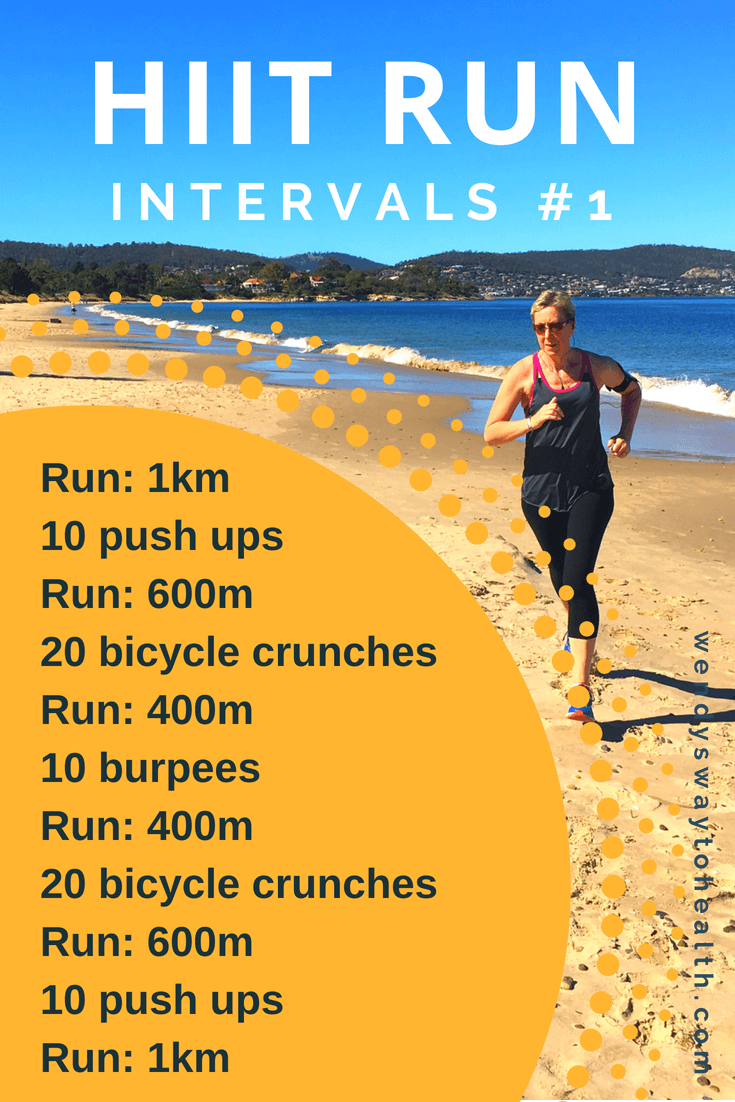Dominate Your Runs: Proven Strategies for Reliable Running Workout
Taking Care Of Usual Running Discomforts: Causes, Solutions, and Avoidance
As joggers, we commonly run into numerous discomforts that can impede our performance and satisfaction of this physical activity. From the devastating pain of shin splints to the unpleasant IT band syndrome, these typical operating discomforts can be discouraging and demotivating. Understanding the reasons behind these ailments is crucial in efficiently addressing them. By discovering the origin reasons for these running discomforts, we can reveal targeted services and safety nets to make sure a smoother and more fulfilling running experience (look at this site).
Typical Running Pain: Shin Splints
Shin splints, a typical running discomfort, frequently result from overuse or improper footwear during physical task. The repeated tension on the shinbone and the cells attaching the muscle mass to the bone leads to swelling and discomfort.
To avoid shin splints, people ought to progressively increase the strength of their workouts, put on appropriate shoes with appropriate arch assistance, and keep adaptability and strength in the muscular tissues bordering the shin (running workout). Furthermore, integrating low-impact tasks like swimming or biking can assist maintain cardio fitness while enabling the shins to recover.
Typical Running Pain: IT Band Syndrome
In enhancement to shin splints, an additional widespread running pain that professional athletes usually run into is IT Band Syndrome, a condition brought on by inflammation of the iliotibial band that leaves the outer thigh and knee. IT Band Syndrome typically manifests as discomfort on the exterior of the knee, particularly throughout tasks like running or biking. The iliotibial band is a thick band of fascia that connects the aware of the shin, and when it ends up being inflamed or limited, it can massage against the upper leg bone, bring about pain and discomfort.
Joggers experiencing IT Band Syndrome might observe a painful or hurting feeling on the outer knee, which can intensify with continued activity. Elements such as overuse, muscle mass discrepancies, improper running type, or inadequate warm-up can contribute to the development of this condition. To avoid and alleviate IT Band Disorder, joggers must concentrate on stretching and reinforcing exercises for the hips and thighs, correct shoes, steady training progression, and addressing any kind of biomechanical concerns that may be exacerbating the problem. Ignoring the signs and symptoms of IT Band Syndrome can result in persistent issues and extended recovery times, stressing the importance of very early treatment and appropriate management strategies.
Typical Running Pain: Plantar Fasciitis

Plantar Fasciitis can be associated to different aspects such as overtraining, improper footwear, working on difficult surfaces, or having high arcs or level feet. To stop and reduce Plantar Fasciitis, runners can integrate stretching exercises for the calf bones and plantar fascia, wear helpful footwear, preserve a healthy and balanced weight to lower stress on the feet, and gradually boost running intensity to stay clear of sudden stress on the plantar fascia. If signs continue, it is suggested to consult a medical care expert for correct medical diagnosis and treatment options to attend to the condition efficiently.
Typical Running Discomfort: Runner's Knee
After addressing the obstacles of Plantar Fasciitis, one more widespread issue that joggers often deal with is Jogger's Knee, a typical running discomfort that can impede athletic performance and trigger discomfort during exercise. Jogger's Knee, also called patellofemoral pain disorder, manifests as discomfort around or behind the kneecap. This problem is typically credited to overuse, muscle imbalances, improper running techniques, or issues with the positioning of the kneecap. Runners experiencing this pain might really feel a plain, hurting pain while running, going up or down staircases, or after extended durations of sitting. To stop Runner's Knee, it is critical to include correct warm-up and cool-down regimens, preserve strong and well balanced leg muscular tissues, wear suitable shoes, and progressively boost running strength. If signs and symptoms linger, seeking recommendations from a healthcare specialist or a sports medication expert is advised to identify the underlying cause and establish a customized treatment strategy to reduce the pain and prevent additional issues.
Usual Running Discomfort: Achilles Tendonitis
Generally afflicting runners, Achilles Tendonitis is an uncomfortable problem that impacts the Achilles tendon, creating discomfort and potential limitations in physical activity. The Achilles ligament is a thick band of cells that links the calf bone muscle mass to the heel bone, crucial for tasks like running, jumping, and walking - check here. Achilles Tendonitis frequently creates due to overuse, inappropriate shoes, poor stretching, or sudden increases in exercise
Signs of Achilles Tendonitis consist of discomfort and rigidity along the tendon, especially in the early morning or after periods of lack of exercise, swelling that aggravates with task, and perhaps bone stimulates in chronic situations. To prevent Achilles Tendonitis, it is important to extend properly before and after running, put on ideal footwear with appropriate assistance, slowly raise the intensity of workout, and cross-train to go to my site decrease recurring stress and anxiety on the ligament.
Conclusion
